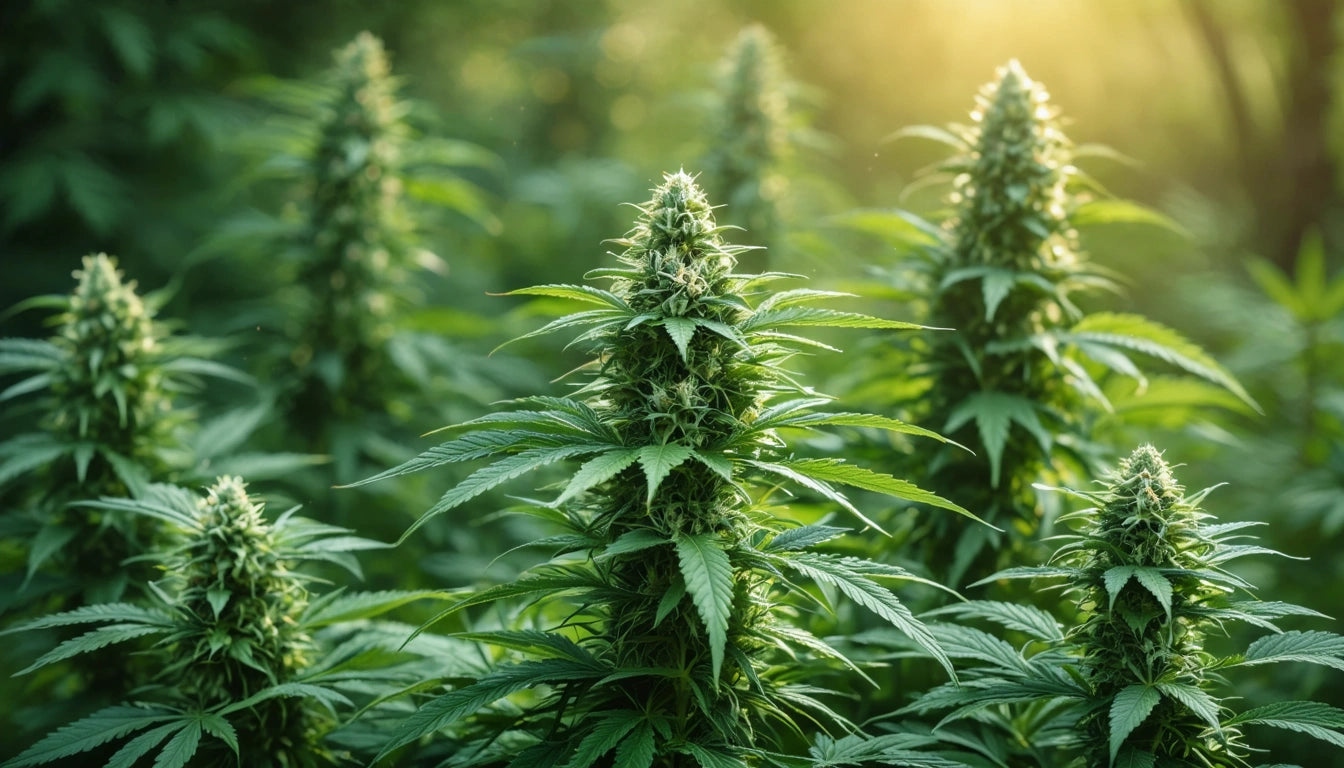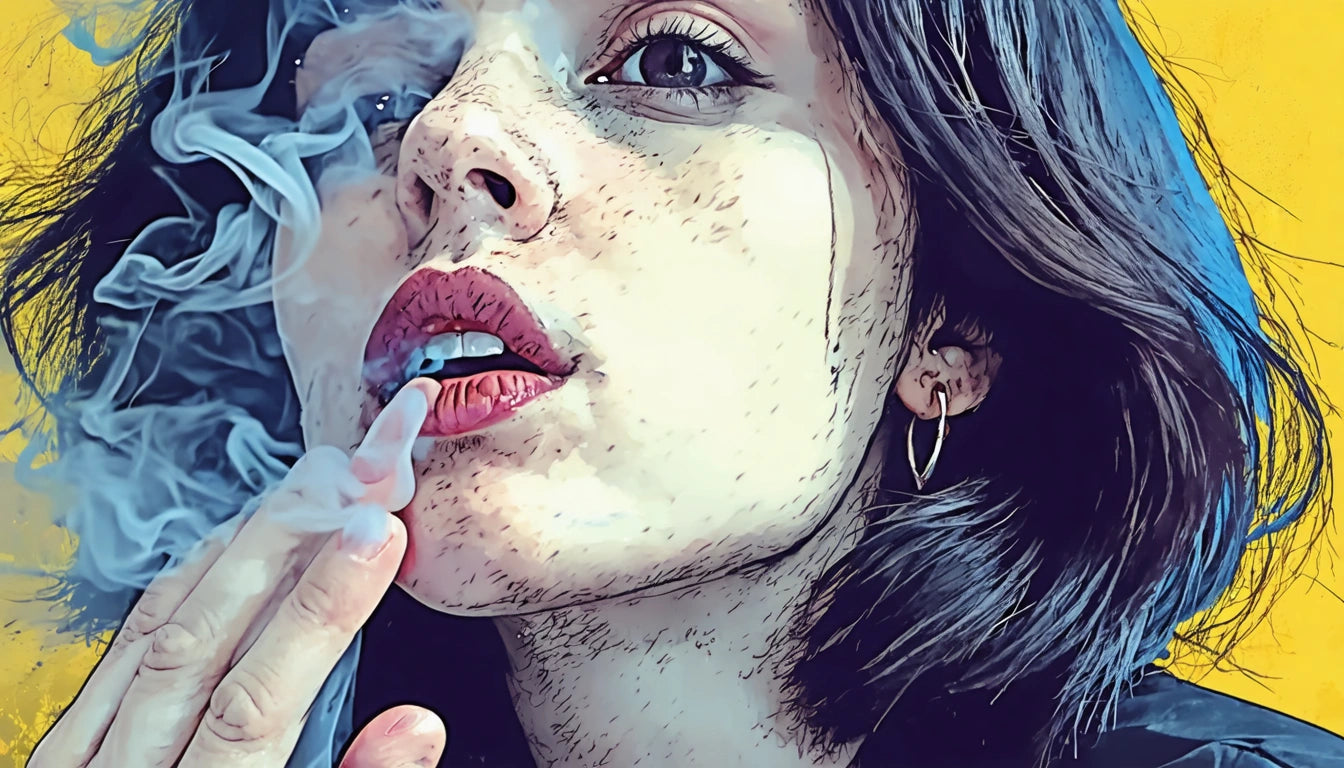Table of Contents
- The Importance of Identifying Male Cannabis Plants
- Early Growth Indicators of Male Cannabis Plants
- Pre-Flowering Stage Identification
- What Does a Flowering Male Cannabis Plant Look Like?
- Male vs. Female Cannabis Plants: Visual Comparison
- Common Misconceptions About Male Cannabis Plants
- Practical Applications for Identified Male Plants
How to Identify Male Cannabis Plants: A Visual Guide
For cannabis cultivators, correctly identifying male plants is a crucial skill that directly impacts harvest quality and quantity. Male cannabis plants develop pollen sacs instead of the resin-rich buds found on females, making them less desirable for consumption but valuable for breeding. This guide provides clear visual markers to help you confidently identify what male cannabis plants look like at various growth stages.
The Importance of Identifying Male Cannabis Plants
Early identification of male plants is essential for several reasons. Most importantly, male plants can pollinate females, causing them to produce seeds rather than focusing energy on developing potent, resinous flowers. A single undetected male can pollinate an entire grow room, significantly reducing the quality and potency of your harvest.
According to experts on cannabis plant differences, removing males from your growing area is crucial unless you're specifically breeding plants or collecting seeds. Timely identification prevents accidental pollination and protects your female plants' energy allocation toward cannabinoid production.
Early Growth Indicators of Male Cannabis Plants
During the vegetative stage, subtle differences between male and female plants begin to emerge:
Growth Pattern and Structure
- Male plants typically grow taller and lankier than females
- They develop fewer leaves and appear less bushy
- Stems are often sturdier and thicker
- Internodal spacing (distance between branches) is generally greater
While these characteristics can provide early hints, they aren't definitive. The most reliable identification occurs during the pre-flowering stage.
Pre-Flowering Stage Identification
The pre-flowering stage, occurring approximately 4-6 weeks into the growth cycle, offers the first conclusive signs of plant sex. When asking "what does a male pot plant look like" during pre-flowering, focus on these key indicators:
Male Pre-Flower Characteristics
Male pre-flowers develop at the nodes where branches meet the main stem. They appear as small, round pollen sacs that resemble small balls or clusters. These pollen sacs have a distinct appearance compared to the female pistils, which emerge as wispy white hairs.
For growers looking to preserve their harvests, proper storage solutions like mylar bags can help maintain potency once you've successfully cultivated female plants and removed males from your garden.
What Does a Flowering Male Cannabis Plant Look Like?
As male plants mature into the flowering stage, their identifying characteristics become unmistakable:
Mature Pollen Sacs
The small pollen sacs grow larger and more numerous, forming clusters that hang down from the nodes. These sacs eventually open to release pollen, appearing like small bananas or balls. A flowering male cannabis plant develops these distinctive structures throughout its canopy.
Absence of Trichomes
Male plants produce significantly fewer trichomes than females. While females develop frosty, resin-covered buds, males remain relatively clear of this crystalline coating, appearing less shimmery under light.
Understanding what a flowering male cannabis plant looks like is critical for timely removal. As explained in this comprehensive guide, once pollen sacs begin to open, they can quickly release pollen that travels through the air to female plants.
Male vs. Female Cannabis Plants: Visual Comparison
When comparing male and female plants side by side, several distinct differences become apparent:
Structure and Appearance
- Males: Taller, less bushy, fewer leaves, with clusters of pollen sacs
- Females: More compact, bushier, with white pistils emerging from calyxes
Flowering Development
- Males: Develop pollen sacs that eventually burst open to release pollen
- Females: Develop resin-covered buds with protruding pistils that eventually darken from white to orange/brown
For those wondering what male weed plants look like compared to females, this visual comparison guide provides detailed examples to help with identification.
Common Misconceptions About Male Cannabis Plants
Several misconceptions exist about male cannabis plants:
Myth: Male Plants Are Completely Useless
While males don't produce consumable buds, they're essential for breeding programs and can be used for fiber, hempseed oil production, and other non-psychoactive applications. As detailed in this resource on utilizing male plants, they have value beyond traditional consumption.
Myth: Males Have No THC
While significantly lower than females, male plants do contain some cannabinoids, primarily in their leaves and stems. However, the concentration is usually too low for recreational or medicinal purposes.
Practical Applications for Identified Male Plants
Once you've successfully identified male plants, several options exist beyond simple disposal:
Breeding Programs
For intentional breeding, select males with desirable traits such as vigor, aroma, and resistance to pests or mold. Controlled pollination allows for the development of new strains with specific characteristics.
Hemp Production
Male plants can be harvested for their fiber, which is often softer and more suitable for textiles than fiber from female plants.
Whether you're a hobbyist grower or commercial cultivator, understanding what male cannabis plants look like at various stages is essential for successful cultivation. Early and accurate identification allows for timely decision-making about whether to remove males or isolate them for specific purposes.
By mastering these visual identification techniques, you'll protect your female plants from unwanted pollination while potentially finding valuable uses for male plants in your cultivation program.











Leave a comment
All comments are moderated before being published.
This site is protected by hCaptcha and the hCaptcha Privacy Policy and Terms of Service apply.